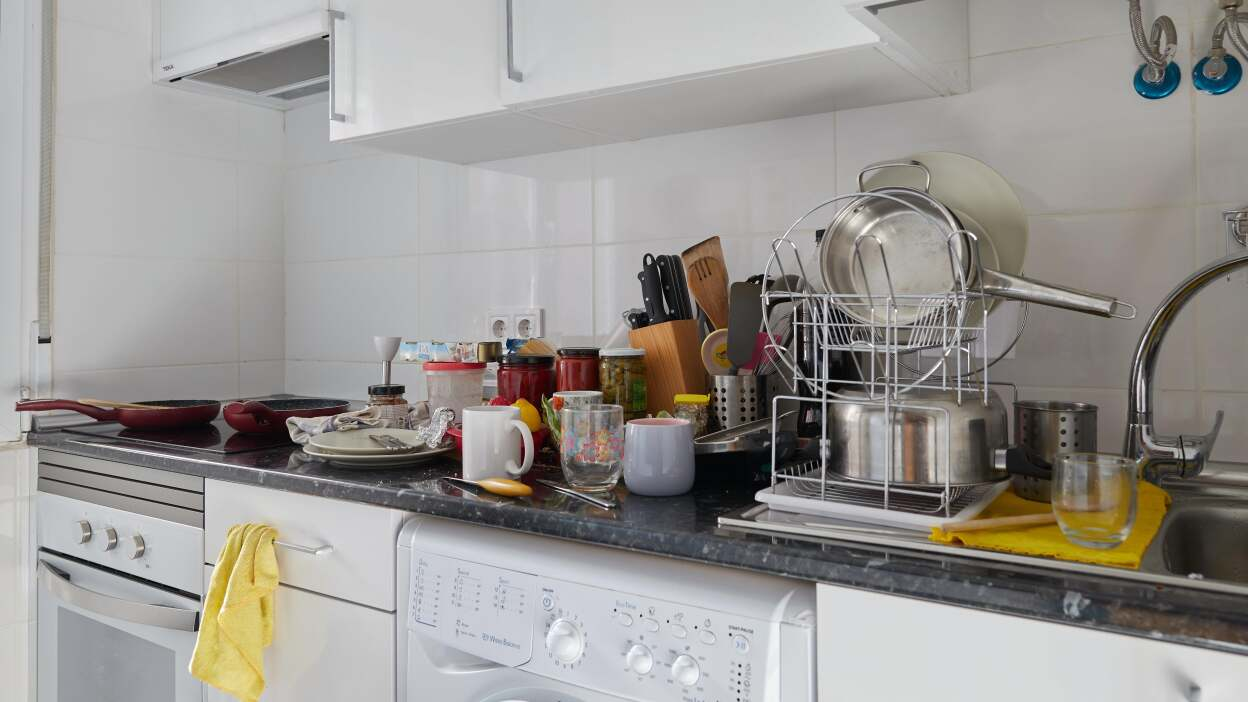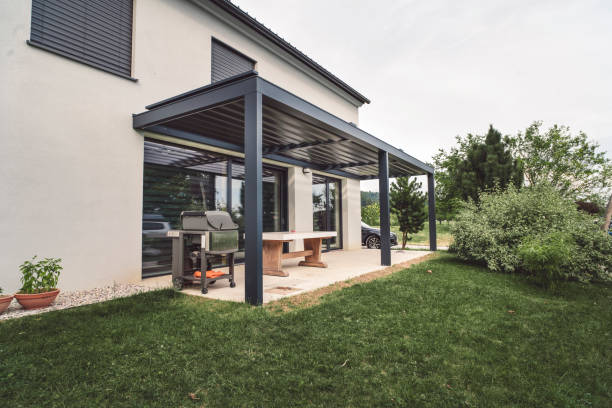Organizing and keeping track of odds and ends can often feel like an overwhelming task, but with the right strategies and tools, it can be manageable and even enjoyable. In this article, we will explore various methods to tidy up those seemingly unimportant items that clutter our homes, so you can find them easily when needed. From effective storage solutions to creating a systematic approach, here’s how to get started.
Categorize and Declutter
The first step to organizing your odds and ends is to categorize and declutter. By identifying what you have, you can better decide what to keep and what to discard. Begin by going through all the miscellaneous items in your home and sort them out into specific groups such as office supplies, craft materials, hardware, and more.
- Office Supplies: Pens, paper clips, staplers
- Craft Materials: Glue, scissors, colored paper
- Hardware: Screws, nails, tape measures
Once categorized, it’s easier to see what you have in excess and what might be missing. This process also helps in identifying items that you no longer need, which can be donated or thrown away. Decluttering simplifies your space and makes organization more straightforward.
Utilize Appropriate Containers
Effective storage solutions begin with the right containers. Choosing the appropriate containers for your categorized items can make a huge difference in how organized your space will remain. Consider the size and type of items you have and find containers that best fit these needs.
Some excellent storage options include:
- Plastic Bins: Perfect for larger items and easy stacking
- Drawer Organizers: Ideal for small items like paper clips and thumb tacks
- Labelled Jars: Great for craft and hardware supplies
Label each container so you know exactly what’s inside without having to rummage through all of them. This not only saves time but also reduces the chances of misplacing items in the future.
Create a Storage System
After categorizing and finding the right containers, it’s crucial to establish a storage system. A well-planned storage system ensures that items are returned to their rightful places, maintaining organization in the long run. Identify strategic locations for storing different categories based on how frequently they are used.
- High-Use Items: Store in easily accessible places like desk drawers
- Moderate-Use Items: Utilize shelves or cupboards within arm’s reach
- Low-Use Items: Place in less accessible areas such as high shelves or storage rooms
Adhering to this system can help prevent future clutter and make it easier to find items when needed.
Maintain Regularly
Organization is an ongoing process. To ensure your space remains clutter-free, make it a habit to regularly maintain your storage system. Set aside time weekly or monthly to check that items have been returned to their designated spots and reorganize as necessary. Regular maintenance prevents small disarrays from turning into overwhelming chaos.
Moreover, periodically reassess your belongings to determine if any items are no longer needed. By continuously managing your odds and ends, you maintain a more organized and efficient living or working space.

Implement a Labelling System
Labelling is an essential aspect of organization. Clearly labelled items and containers ensure that everything has a place and can be easily found. Invest in a label maker or use printed labels for better visibility and a consistent look.
Implement these tips for effective labelling:
- Use Clear, Readable Fonts: Ensure the labels can be read from a distance
- Color Code: Different colors can represent different categories
- Consistent Placement: Place labels in a uniform spot on each container
This systematic approach to labelling minimizes confusion and helps maintain the orderliness of your space.
Conclusion
In summary, organizing and keeping track of odds and ends is achievable with categorization, appropriate containers, a well-thought-out storage system, regular maintenance, and effective labelling. These steps simplify the process and ensure ongoing success. With a little effort and planning, you can transform a cluttered space into an organized haven.
FAQs
1. What are some common mistakes to avoid when organizing odds and ends?
Common mistakes include not categorizing items first, using too big or too small containers, and not maintaining the organization regularly. Additionally, failing to label containers can lead to confusion and disorganization over time.
2. How often should I reorganize my odds and ends?
Setting aside time for monthly or quarterly checks and adjustments can help maintain organization. The frequency may depend on how often new items are added or how often existing items are used.
3. What can I do with items I no longer need?
Consider donating usable items to local charities or community centers. You can also recycle or responsibly dispose of items that are damaged or no longer usable.
4. Are there any tools that can help with organizing small items?
Yes, many tools like drawer dividers, multi-compartment bins, and stacking boxes with compartments are available. These tools help keep small items sorted and easily accessible.
5. How can I get my family to help maintain organization?
Involve your family in the initial organization process. Explain the system and the benefits of maintaining it. Assign specific areas of responsibility to each family member to encourage participation in upkeep.



